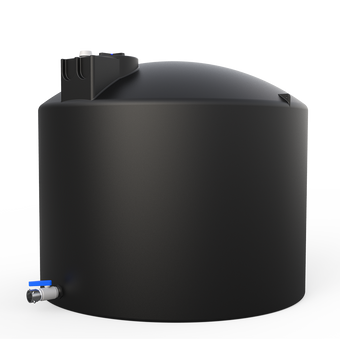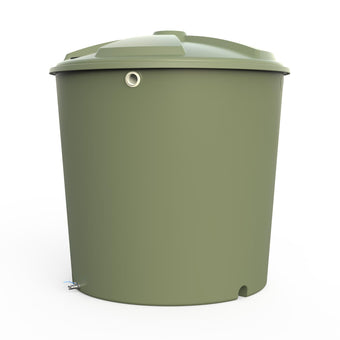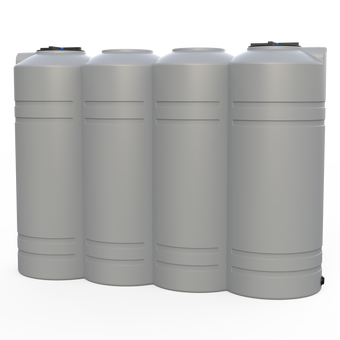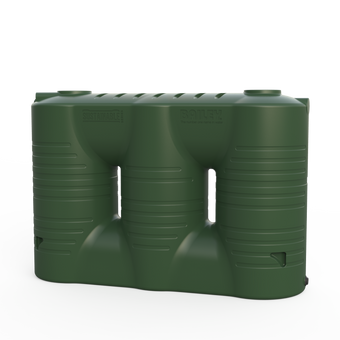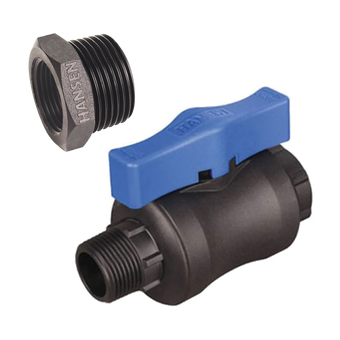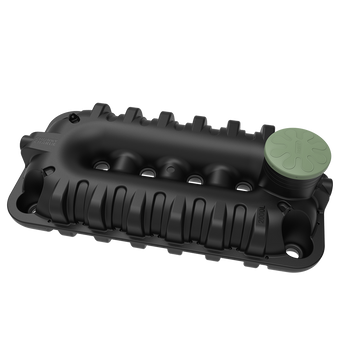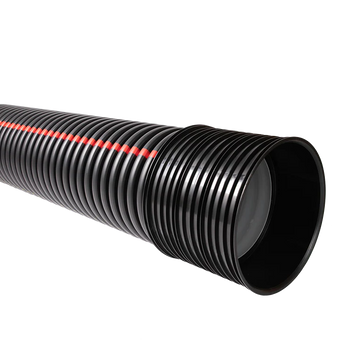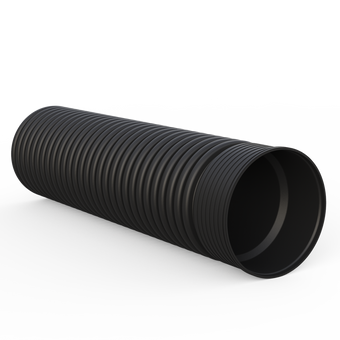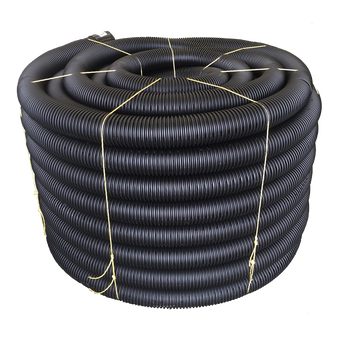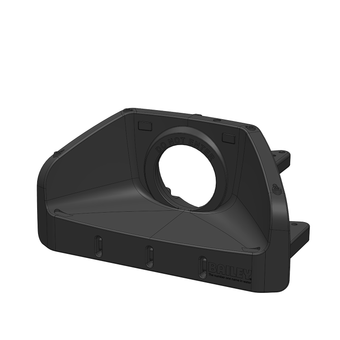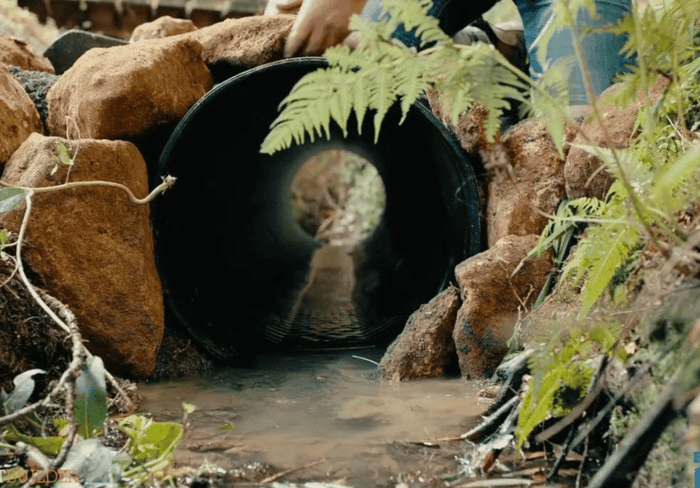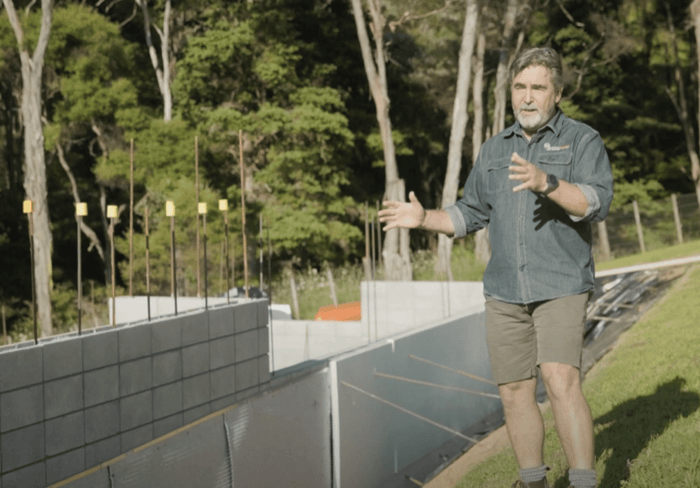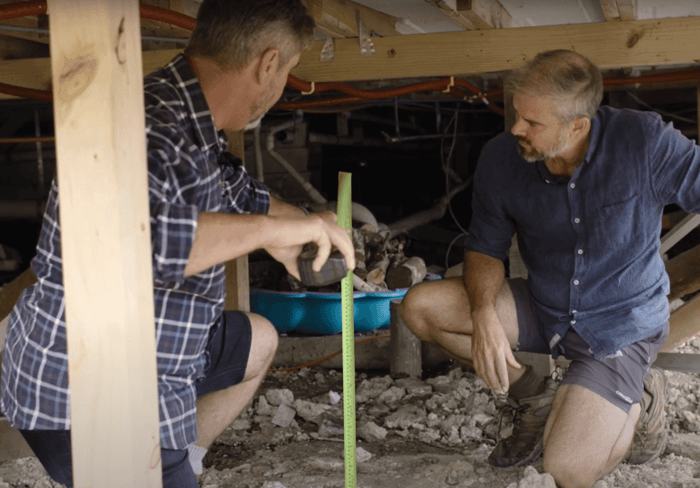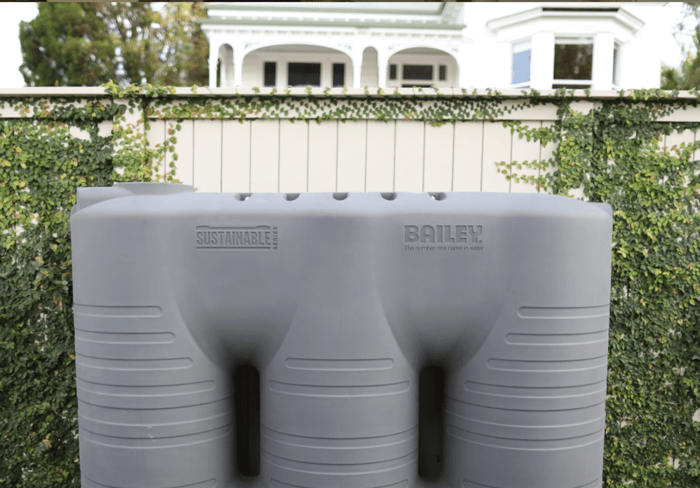Peter Wolfkamp walks through the installation of a Bailey Bazooka Culvert pipe to allow vehicle access over a water course.
Considerations for Installation
Estimating the volume of water that will pass through the culvert is crucial, influenced by rainfall expectations and the characteristics of the catchment area. Talk with neighbours to understand the performance of upstream and downstream culverts can provide valuable insights for sizing the culvert effectively. After assessing these factors, the appropriate size for the culvert can be determined to ensure it can handle expected water flow during heavy downpours.
Preparing the site
The installation of the Bailey Bazooka culvert pipe begins with preparing the existing water course by cleaning out the bottom and laying a bedding for the culvert. The pipe is positioned after laying the base course, ensuring that it is set to the required depth for vehicle access. Backfilling is completed around and above the pipe to create a stable surface for vehicles to traverse.
Enhancements for Water Flow Management
Rocks are strategically placed around the inlet to guide water flow into the culvert, reducing the risk of erosion around the installation site. This design helps manage increased water flow effectively, preventing scouring around the culvert entrance.
Design Features of the Bailey Bazooka
The culvert pipe features corrugations that enhance stiffness and crush resistance, making it durable for various applications. Inside, the smooth lining promotes efficient hydraulic flow, improving water passage through the pipe.
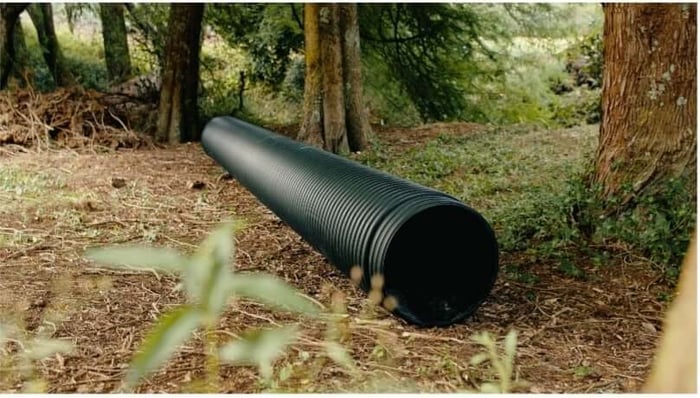
Joining lengths of the culvert is simplified by a recessed socket design, which allows for seamless connections without additional recessing in the bedding.
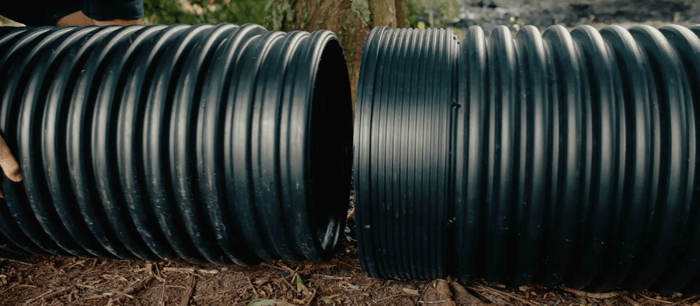
The Bailey Bazooka is also lightweight compared to other culverts, meaning it can easily be moved around site.
